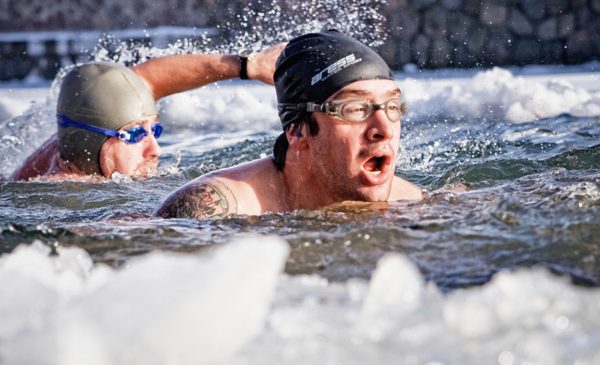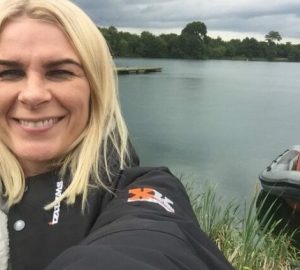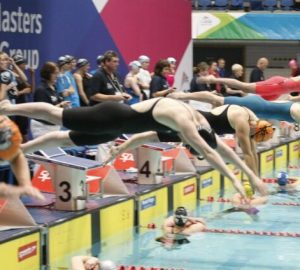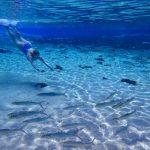Experience and reality in open water swimming
I recently read Thinking, Fast and Slow by Daniel Kahneman. It’s a book about the way we think and I wasn’t expecting to find anything of interest or relevance to open water swimming, but I did.
The core concept is that we employ two different thinking methods, which Kahneman refers to as System 1 and System 2. Briefly, System 1 utilises heuristics to help us reach conclusions and judgements very quickly and “with little or no effort and no sense of voluntary control” while System 2 is what we use when we want to apply logic and reason. Related to this, and the part that might be of interest to open water swimmers, is a difference between the way we experience the world and how we remember that experience.
In one particular experiment, volunteers we asked to immerse their hand up to the wrist into 14 degree water and hold it there for 1 minute. The subjects were then required to repeat the exercise with their other hand but instead of asking the subjects to remove their hands after a minute the experimenters secretly bled a small amount of warm water into the tank and increased the temperature to around 15 degrees. After 30 more seconds they asked the guinea pigs to remove their hands.
Now for the intriguing part. The scientists asked which test the subjects found worse, and which one they would be prepared to repeat in a third run.
Both tests involved holding your hand in 14 degree water for a minute. The second prolonged the discomfort for an additional 30 seconds but at a slightly higher temperature. If you analyse this experience objectively using System 2 type thinking, the second procedure is clearly a worse experience. Yet 80% of participants in the study reported the 1-minute exposure as more unpleasant and opted to repeat the 90-second trial when given the choice.
This experiment demonstrates differences between the experiencing self and the remembering self. In particular, the remembering self shows what Kahneman calls “duration neglect” and obeys the “peak-end rule.” Thus the retrospective rating of an experience is predicted by the average level of pain reported at the worst moment of the experience and the end, and does not depend on the duration. Although the second test took longer, the end was more comfortable (as open water swimmers know, we are acutely sensitive to small changes in water temperature) and so the remembering self rated this as a less unpleasant experience.
These counter-intuitive results have been observed elsewhere. For example in a study that recorded the perceived pain levels of patients undergoing operations.
So what are the lessons for swimmers?
Firstly, it perhaps explains some people’s love of long swims and their desire to repeat experiences rational observers find incomprehensible. The hours spent suffering during a long swim are compressed and neglected by our memories that choose instead to savour the delights of finishing.
Secondly, if you want to have a positive memory of an intense training session ensure you finish off with some relaxed swimming rather than stopping at the moment of maximum pain (another good reason to do a swim down).
Finally, it perhaps also explains the attraction of jumping into a sauna or hot-tub following a cold swim. By wrapping up the hot-tub finish into our experience of cold water swimming our memories delude us into thinking the whole thing was a pleasant experience.







